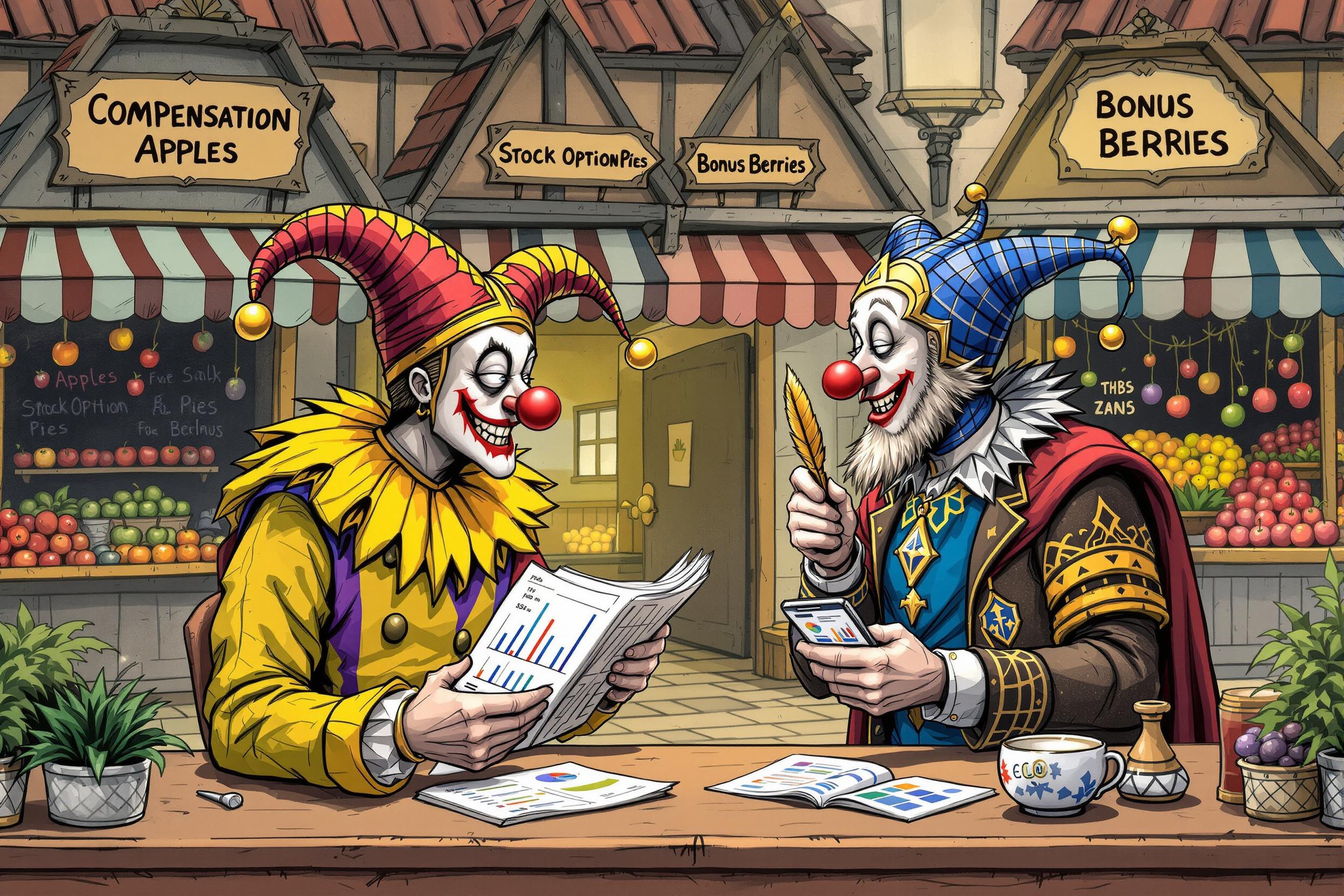
Strike
A Strike in theater and stage production refers to the process of taking down and removing all set pieces, props, and equipment after a show or production has ended. It's a crucial part of stage management where crews work together to safely dismantle sets and clear the stage space. This term is sometimes also called "Load-out" or "Take-down." Understanding Strike is important because it shows experience in full production cycles and teamwork in stage environments. When reviewing resumes, this term indicates someone has hands-on experience in the complete process of theatrical production, not just the setup or performance aspects.
Examples in Resumes
Managed crew of 10 people during Strike operations for major Broadway productions
Coordinated efficient Strike and Load-out procedures for touring shows
Led safety protocols during Strike operations for multiple theater productions
Typical job title: "Stage Crew Members"
Also try searching for:
Where to Find Stage Crew Members
Professional Organizations
Job Boards
Online Communities
Example Interview Questions
Senior Level Questions
Q: How would you plan a strike for a large-scale musical production with multiple set pieces?
Expected Answer: A senior candidate should discuss creating detailed schedules, assigning team roles, prioritizing safety, coordinating with different departments, and managing equipment logistics. They should mention experience with complex strikes and problem-solving strategies.
Q: How do you handle strike operations when working with tight turnaround times between shows?
Expected Answer: Should demonstrate knowledge of efficient organization methods, team management, proper equipment handling, and ability to maintain safety standards under pressure while meeting deadlines.
Mid Level Questions
Q: What safety procedures do you implement during a strike?
Expected Answer: Should explain basic safety protocols like proper lifting techniques, equipment handling, communication procedures, and awareness of surrounding activities during strike operations.
Q: How do you coordinate with different departments during a strike?
Expected Answer: Should discuss communication methods, understanding of department priorities, and experience in working with various teams like lighting, sound, and props during strike operations.
Junior Level Questions
Q: What is the basic process of a strike?
Expected Answer: Should be able to explain the fundamental steps of clearing a stage, basic safety awareness, and following instructions from supervisors during strike operations.
Q: What tools and equipment are commonly used during strike?
Expected Answer: Should demonstrate knowledge of basic stage tools, storage containers, and equipment used for dismantling and moving set pieces safely.
Experience Level Indicators
Junior (0-2 years)
- Basic understanding of strike procedures
- Ability to follow safety protocols
- Basic tool and equipment handling
- Team cooperation skills
Mid (2-5 years)
- Efficient strike execution
- Team coordination
- Equipment management
- Problem-solving during strikes
Senior (5+ years)
- Strike planning and management
- Team leadership
- Safety supervision
- Complex production experience
Red Flags to Watch For
- No understanding of basic safety protocols
- Lack of physical capability to handle equipment
- Poor communication skills
- No experience working in team environments
- Unfamiliarity with basic stage terminology
Need more hiring wisdom? Check these out...

The Hidden Art of Salary Negotiation: How to Win Hearts Without Going Broke

Stop the Turnover Epidemic: Proven Tactics Every HR Leader Must Know

The Hidden Signs Your Best Employees Are About to Quit (And How to Stop Them)

